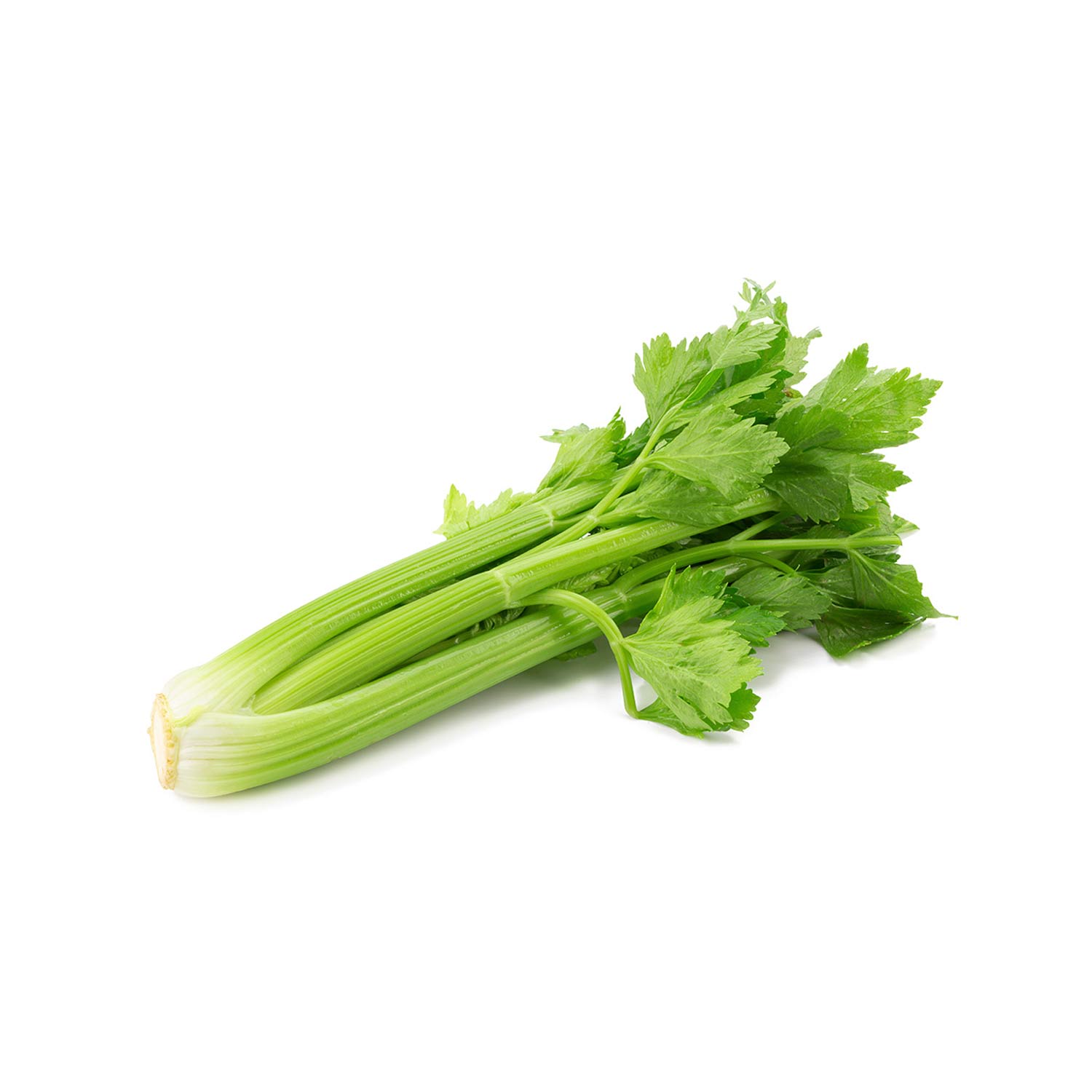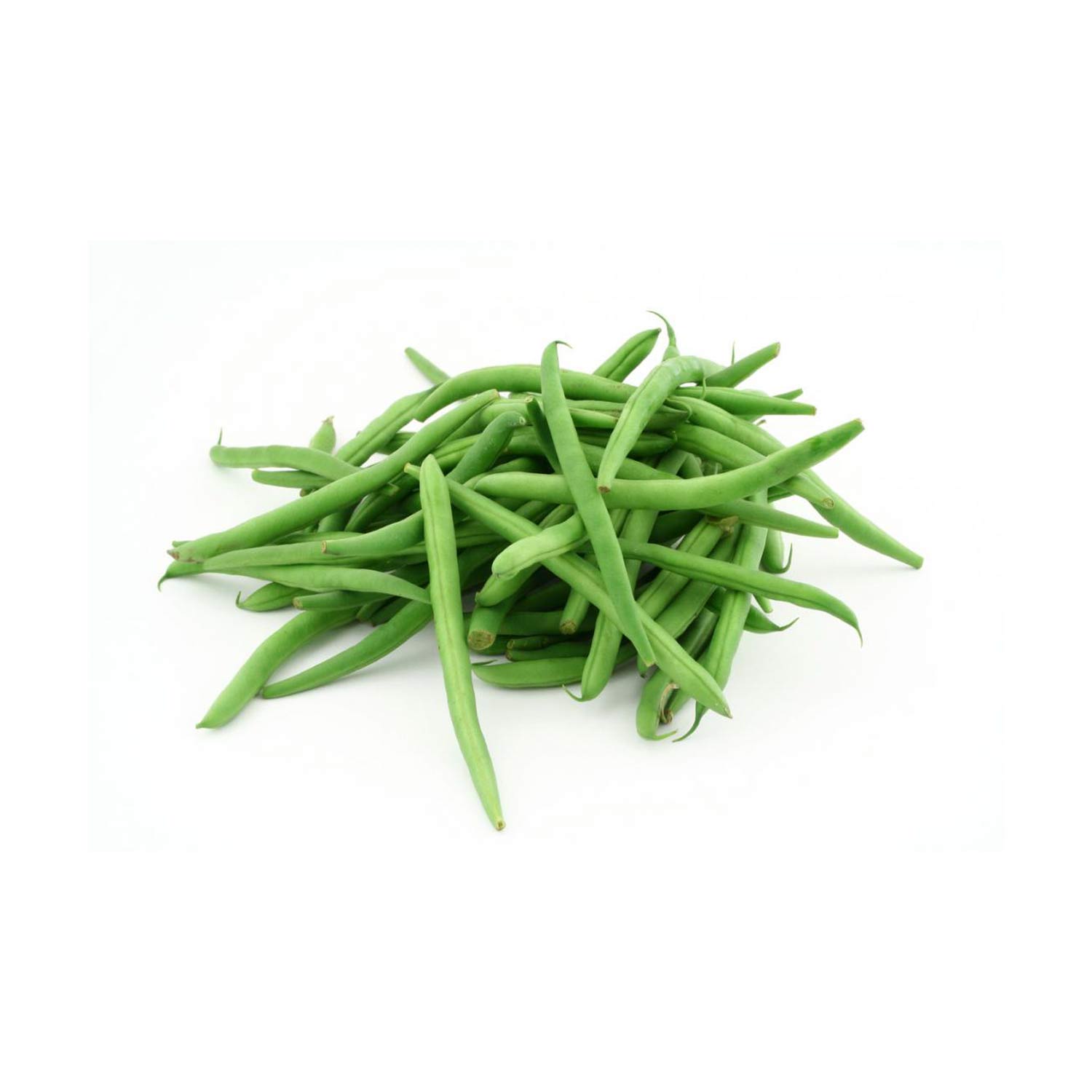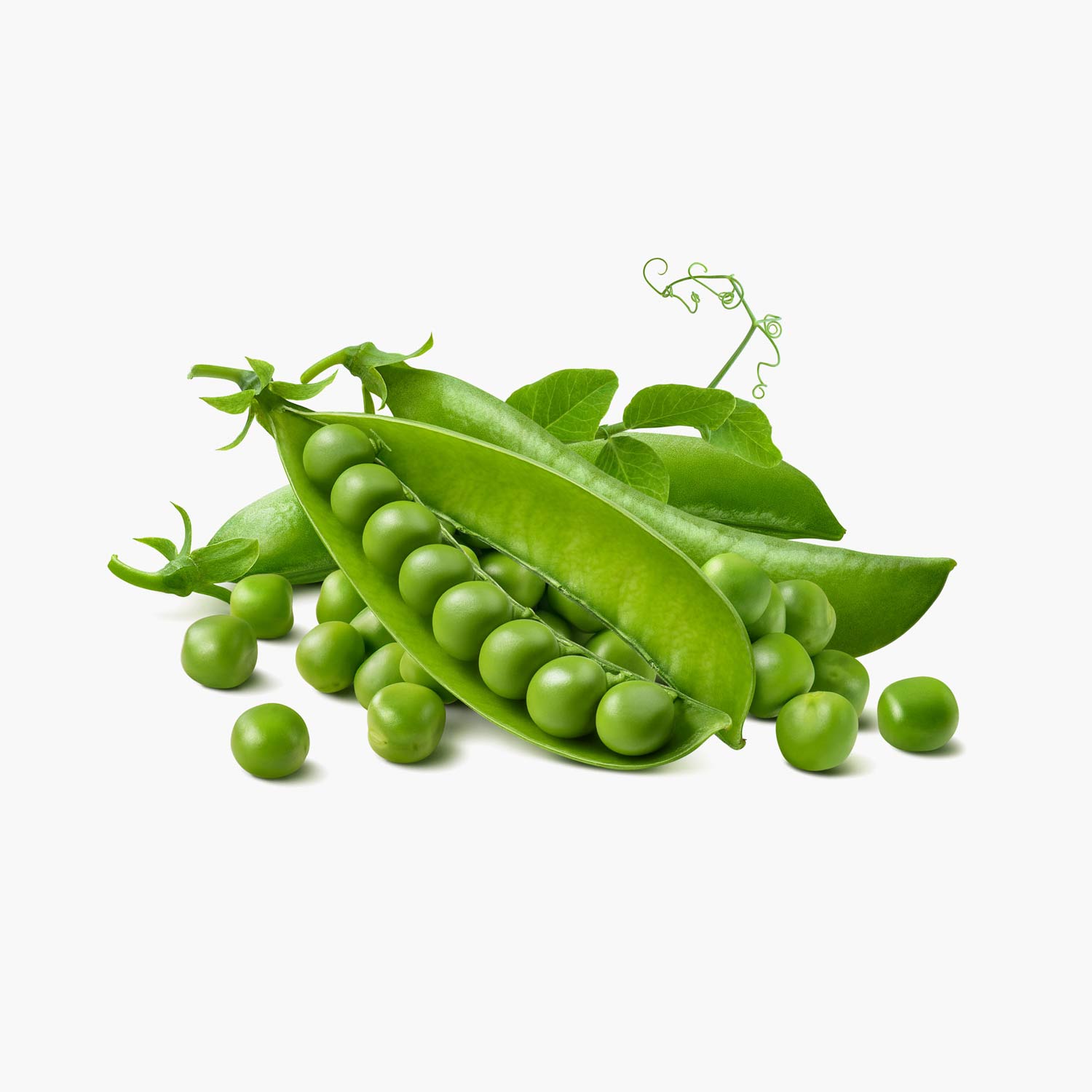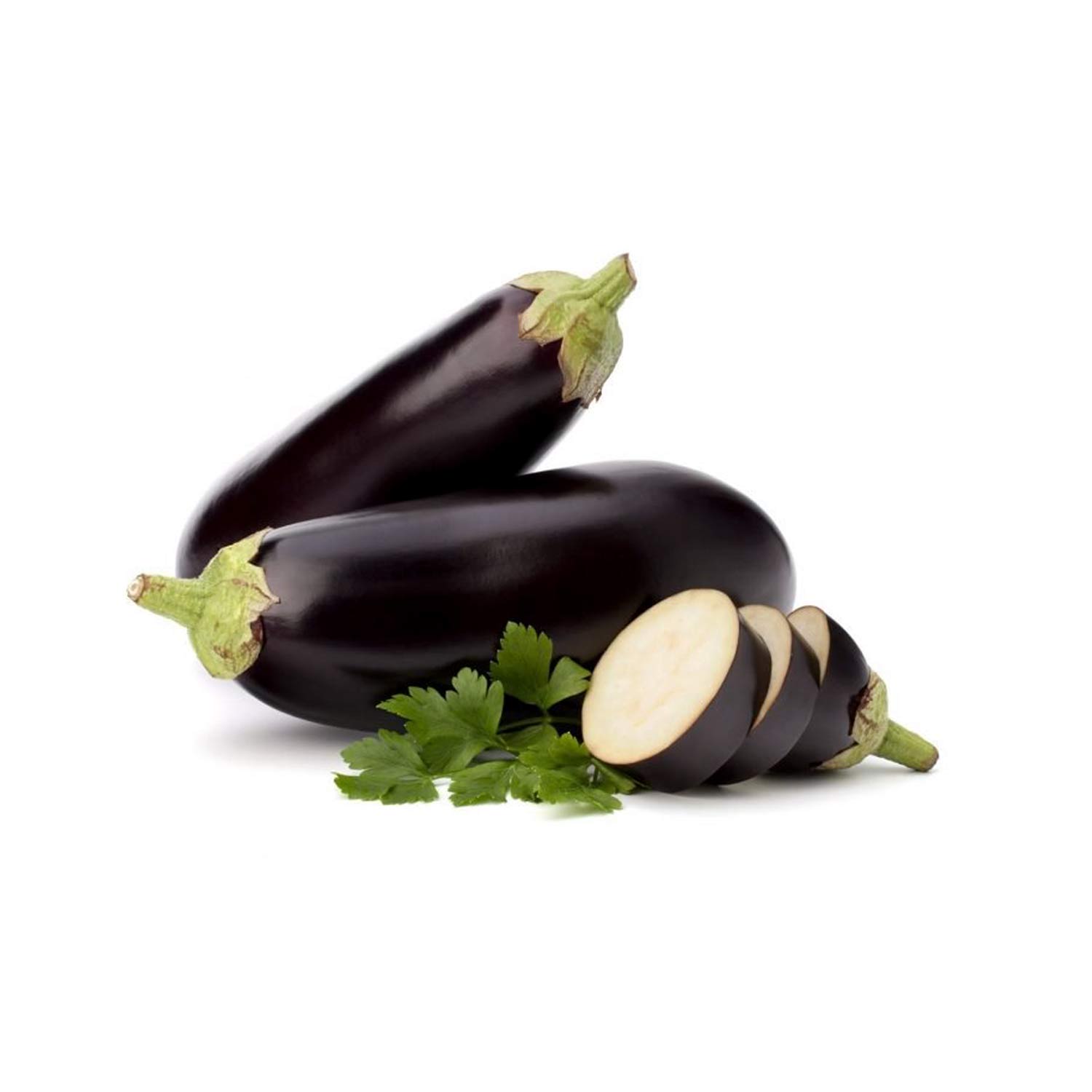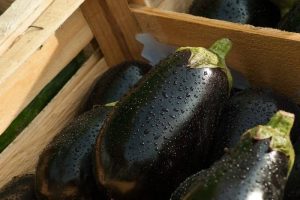Introduction
Celery, known for its crisp texture and refreshing flavor, is a versatile vegetable enjoyed worldwide in salads, soups, and various dishes. Moreover, it is rich in vitamins, minerals, and dietary fiber. Consequently, celery has gained popularity as a healthy snack and ingredient. With the increasing demand for fresh produce globally, celery exporting presents a lucrative opportunity for businesses. In this guide, we will explore the benefits of becoming a celery exporter and outline essential strategies for success in this competitive market.Celery Exporters
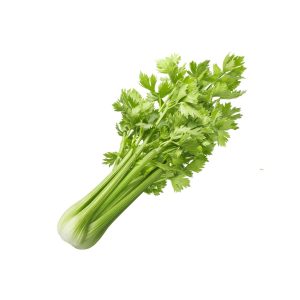

Why Export Celery?
The market for celery is expanding rapidly, primarily because of growing interest in healthy eating, convenience, and fresh vegetables. Here are several reasons why exporting celery can be a profitable venture:
1. Nutritional Benefits
Celery is low in calories yet high in essential nutrients, including vitamins A, C, and K, potassium, and folate. Additionally, it is an excellent source of dietary fiber, promoting digestive health. As consumers become more health-conscious and seek nutritious options, demand for fresh vegetables like celery continues to rise. Therefore, exporting celery allows businesses to cater to health-oriented consumers and capitalize on the plant-based diet trend.
2. Culinary Versatility
Celery is incredibly versatile and used in many cuisines worldwide. For instance, it can be eaten raw, added to salads, incorporated into soups, or used as a flavor base for stews and sauces. Its unique flavor and crunch make it a favorite among chefs and home cooks alike. As a result, exporting celery enables businesses to target diverse culinary markets and meet growing demand in restaurants, catering services, and grocery stores.
3. Rising Global Demand
The global market for fresh vegetables is experiencing substantial growth. In fact, emerging markets in Asia, Europe, and the Americas are increasingly seeking high-quality celery to meet local demand. Consequently, exporting celery allows businesses to tap into expanding markets and diversify revenue streams.
Key Requirements for Celery Exporting
To succeed in celery export, it is crucial to follow quality standards, meet certifications, and prepare proper documentation. Below are the main requirements:
1. Quality Standards and Certifications
Meeting international quality standards is essential. For example, different markets may have specific regulations on size, color, and freshness. Therefore, familiarize yourself with standards set by organizations such as the USDA or EU to ensure compliance.
Furthermore, maintaining high quality helps build buyer trust and ensures repeat business. Obtaining necessary certifications like HACCP and organic labels enhances your product’s credibility.
2. Effective Packaging and Labeling
Proper packaging preserves celery’s freshness during transport. Thus, use breathable cartons or bags to prevent moisture buildup and spoilage. Additionally, clear labeling is vital. It should include:
Product name (e.g., “Fresh Celery”)
Country of origin
Expiration date
Nutritional information
Certifications (e.g., organic, non-GMO)
3. Customs Documentation and Phytosanitary Certificates
Understanding customs regulations is vital. Specifically, ensure you have all necessary documentation, including:
Commercial invoice outlining quantity and price
Phytosanitary certificate verifying the product is pest-free
Certificate of origin confirming the celery’s source
Packing list detailing shipment contents
By doing so, you avoid delays and smooth the export process.
Strategies for Successful Celery Exporting
Exporting celery profitably involves market research, relationship-building, and market monitoring. Below are key strategies:
1. Identify Target Markets
Conduct thorough market research to find regions with high celery demand. For instance, countries like the United States, Canada, Germany, and Japan are major importers. By understanding consumer preferences, you can tailor your offerings effectively.
2. Build Relationships with Local Distributors
Strong partnerships with distributors and wholesalers are critical for success. Therefore, attend trade shows and food expos to network. Moreover, online platforms can help connect you with importers.
3. Monitor Market Trends and Pricing
Stay informed about market trends and pricing fluctuations. Because seasonal variations and consumer preferences affect demand, understanding these factors helps optimize pricing. Consequently, you remain competitive.
Conclusion
Celery exporting offers an excellent opportunity to capitalize on rising global demand for fresh, nutritious vegetables. By focusing on quality, adhering to regulations, and building strong buyer relationships, exporters can successfully enter and thrive in international markets. Ultimately, with the right strategies, celery can become a consistent source of revenue and growth.

